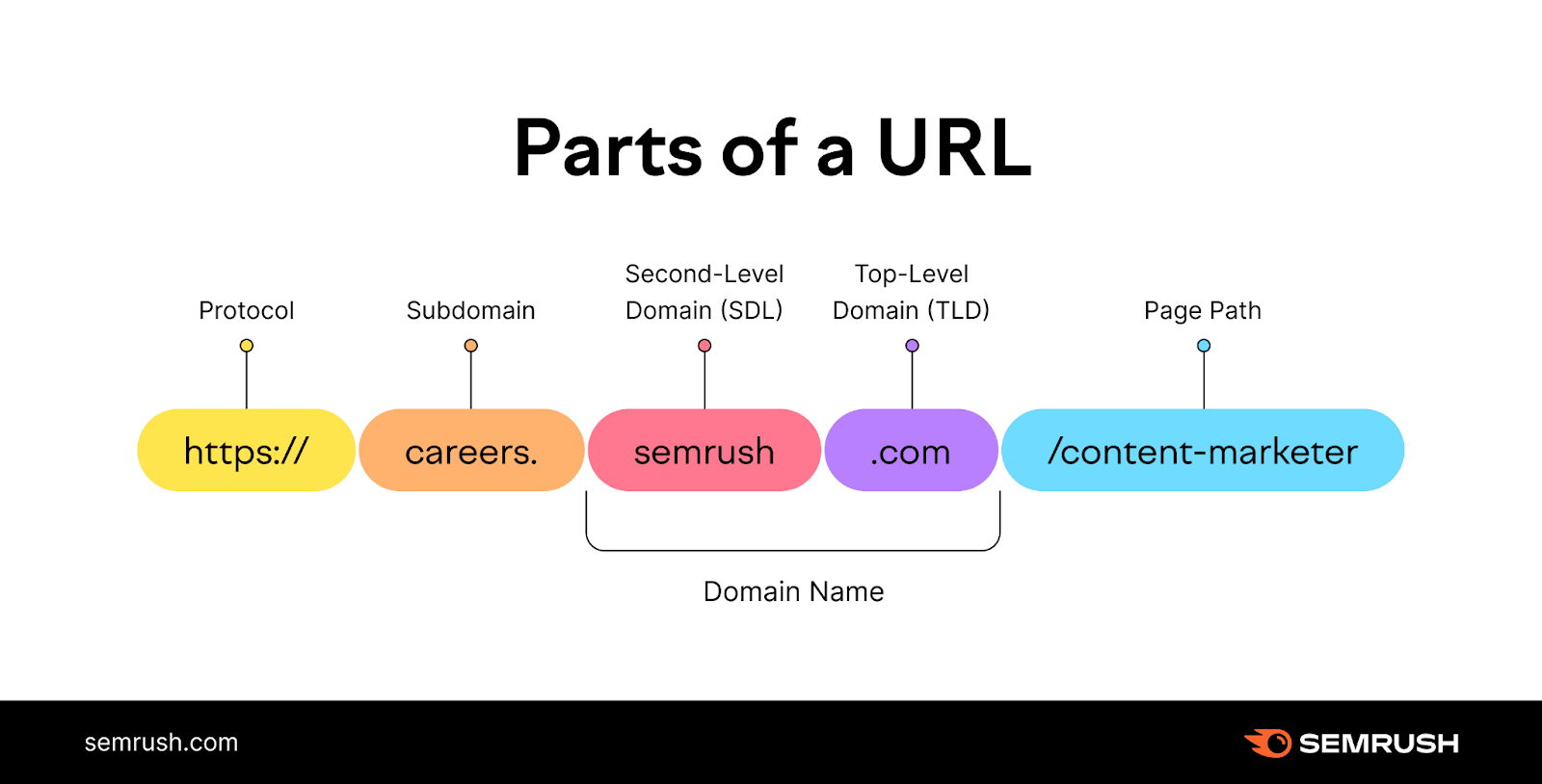Domain Name vs Subdomain: What’s the Difference?
When it comes to navigating the world wide web, you’ve likely encountered terms like domain name and subdomain. But what do they actually mean, and how do they differ from each other? Let’s break it down.
A domain name is essentially the address of your website on the internet. It’s what users type into their browsers to access your site. For example, google.com, facebook.com, and amazon.com are all domain names. Think of it as your online identity.
On the other hand, a subdomain is an extension of your primary domain. It allows you to create separate sections or branches of your website. For instance, blog.google.com and shop.google.com are both subdomains of the main domain google.com.
Key Differences Between Domain Name and Subdomain
1. Ownership: A domain name is unique and owned exclusively by one party. In contrast, a subdomain is a subset of a domain and is owned by the same entity that owns the main domain.
2. Functionality: A domain name serves as the main address of your website and is where your homepage resides. On the other hand, a subdomain is used to create separate sections of your site, such as a blog, forum, or store.
3. Branding: Your domain name plays a crucial role in defining your brand identity. It should be memorable, relevant to your business, and easy to spell. Subdomains, on the other hand, are more functional in nature and can help organize your site’s content.
Which One Should You Choose?
So, should you opt for a domain name or a subdomain for your website? The answer depends on your specific needs and goals. If you’re looking to build a strong brand presence and maintain a consistent online identity, a memorable domain name is key.
On the other hand, if you have multiple sections or branches of your website that cater to different audiences or serve distinct purposes, using subdomains can help organize your content effectively.
Ultimately, the choice between a domain name and a subdomain boils down to how you want to structure your website and whether you want to emphasize your brand or create separate entities within your site.
In Conclusion
Both domain names and subdomains play important roles in defining your online presence and organizing your website’s content. Understanding the differences between the two can help you make informed decisions about how to structure your site effectively.
Whether you opt for a memorable domain name to enhance your brand identity or use subdomains to create separate sections of your site, remember that each choice has its own advantages and considerations. Choose wisely, and let your online presence shine!
